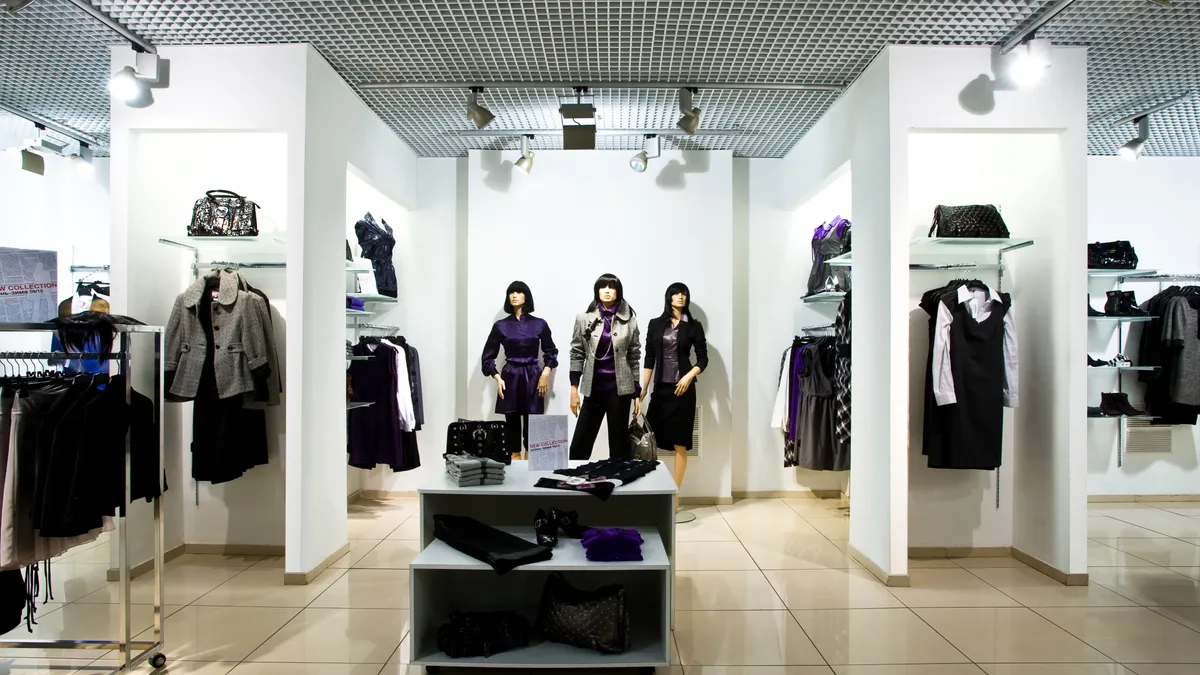Dive Brief:
- World Green Building Council research indicates that the physical enjoyment of the retail environment by customers and staff in greener buildings — including those with high levels of daylight, fresh air and greenery — creates happier customers and possibly higher revenues.
- The WGBC study used a broad definition of "green building" to include health and wellness of the store's occupants and featured case studies to demonstrate that environmentally friendly stores often earn some of the highest consumer satisfaction ratings, according to ProudGreenBuilding.com.
- The WGBC report also proposed a framework for retailers to compare green features with fiscal performance to dispel the notion that sustainability does not benefit the bottom line, thereby making a better case for sustainability projects and energy efficiency upgrades.
Dive Insight:
The WGBC advises retailers to collect data across three fronts to prove financial benefit — physical characteristics of a building, employee and customer experience in the space, and its financial performance.
To bolster its case, the WGBC uses the example of a 2012 study comparing the performance of 494 retail bank branches — 52 LEED-certified against 442 non-LEED-certified — to determine whether there was an increase in sales at the greener branches. The study found that the LEED branches opened 458 more consumer deposit accounts and had more than $3 million more in consumer deposit balances every year than the non-certified branches. Also, utility costs per employee were an average of $675 lower in certified branches than non-certified branches.
Although commercial construction has typically led the pack in green adoption, the residential sector is starting to catch up. During the November 2015 Greenbuild conference in Washington, DC, Dodge Data & Analytics presented statistics that indicate green building accounts for 26%-33% of the total residential market and has helped contribute to the post-recession housing recovery.













